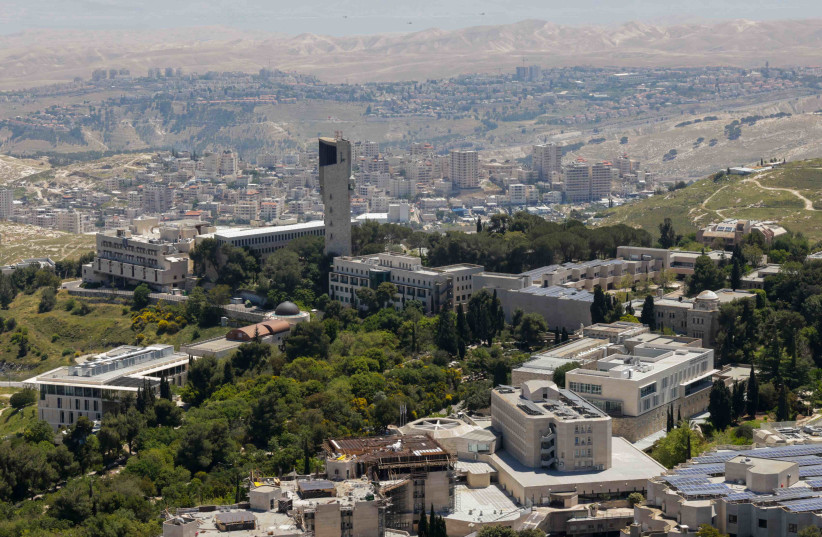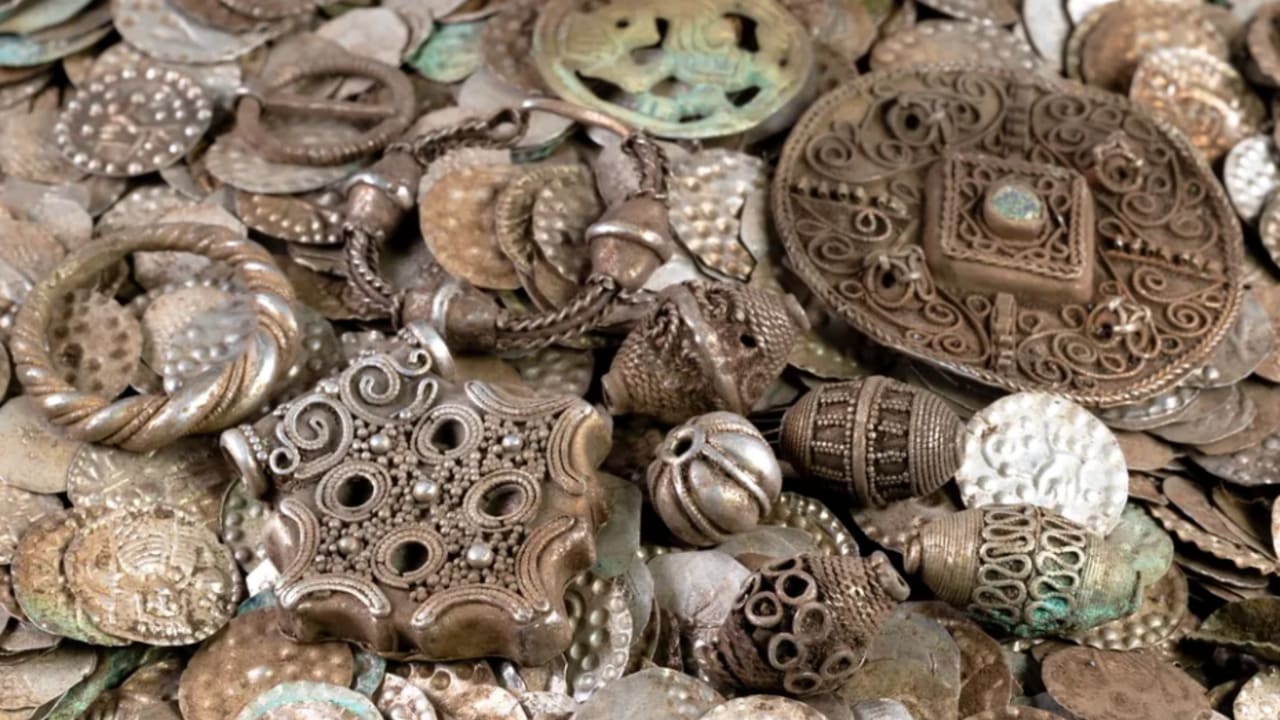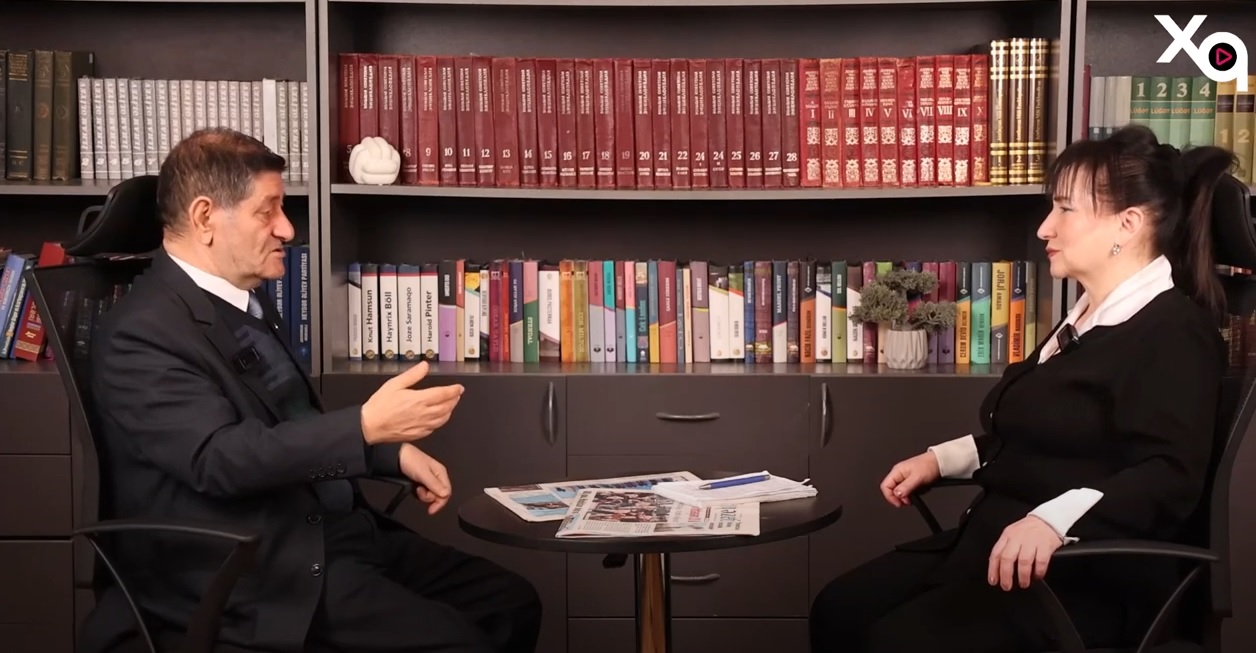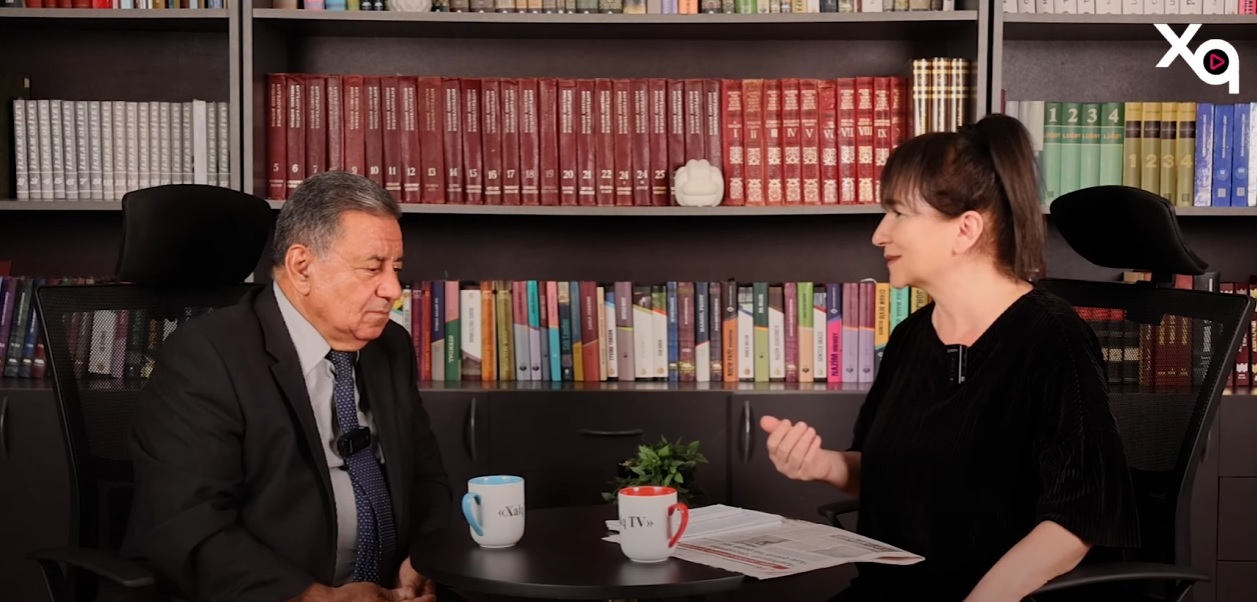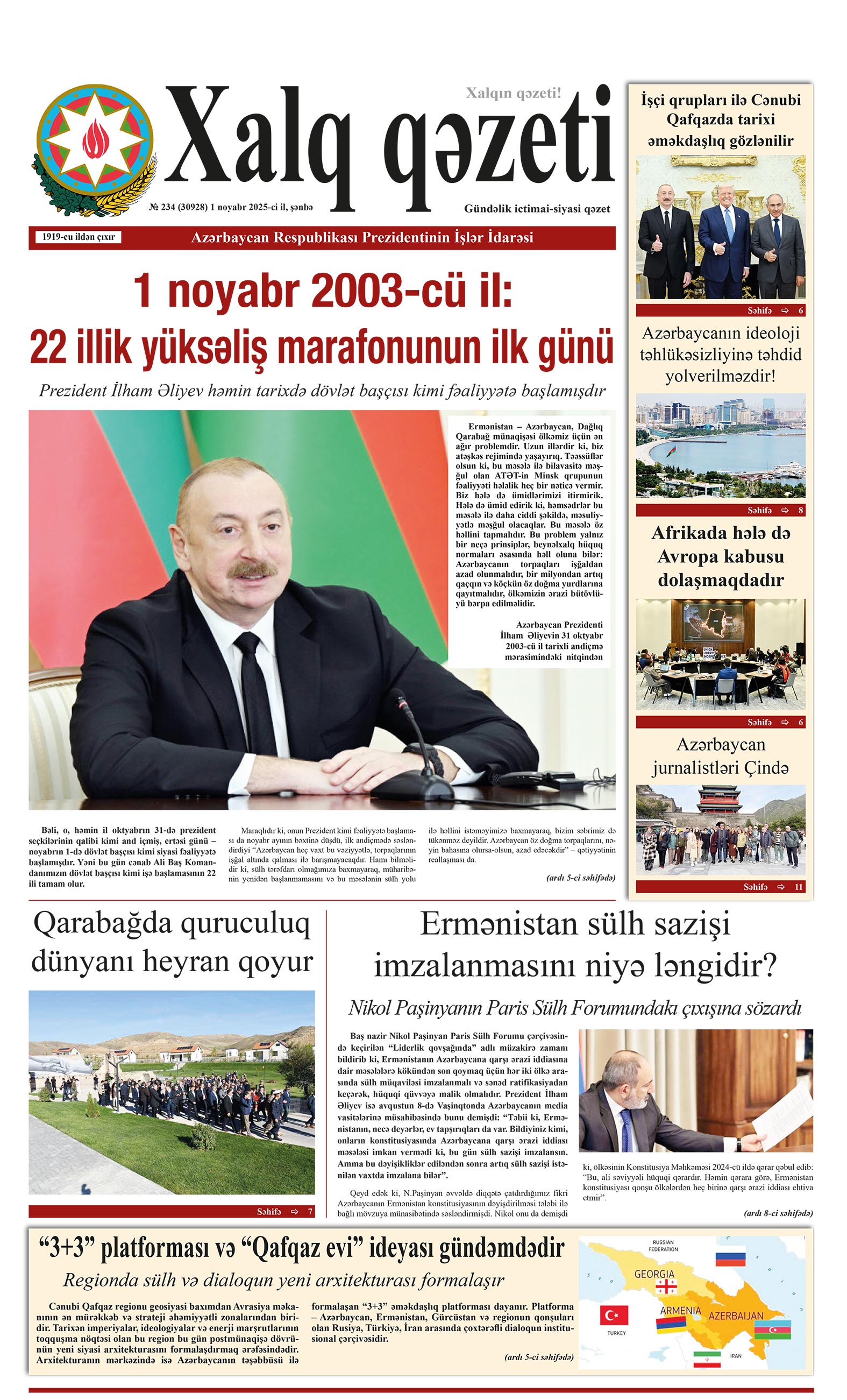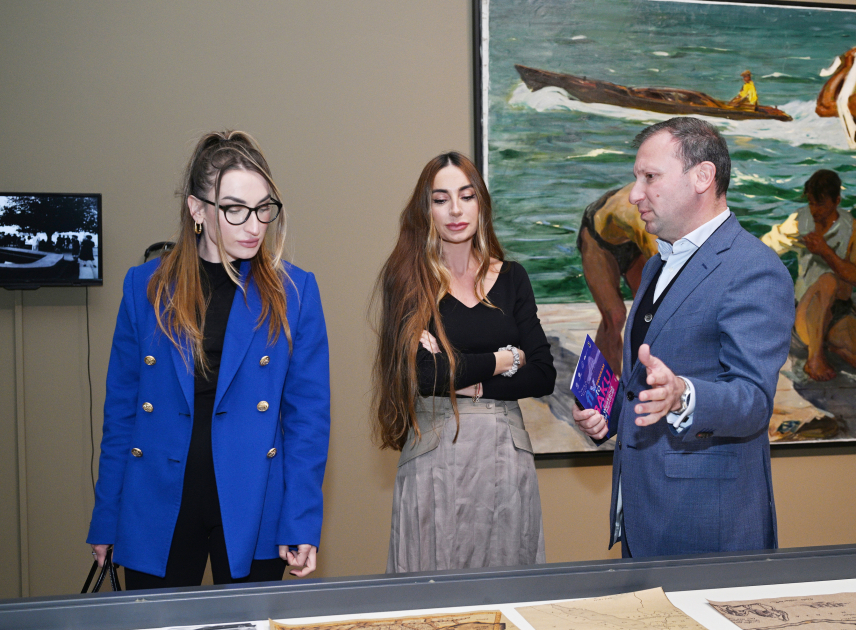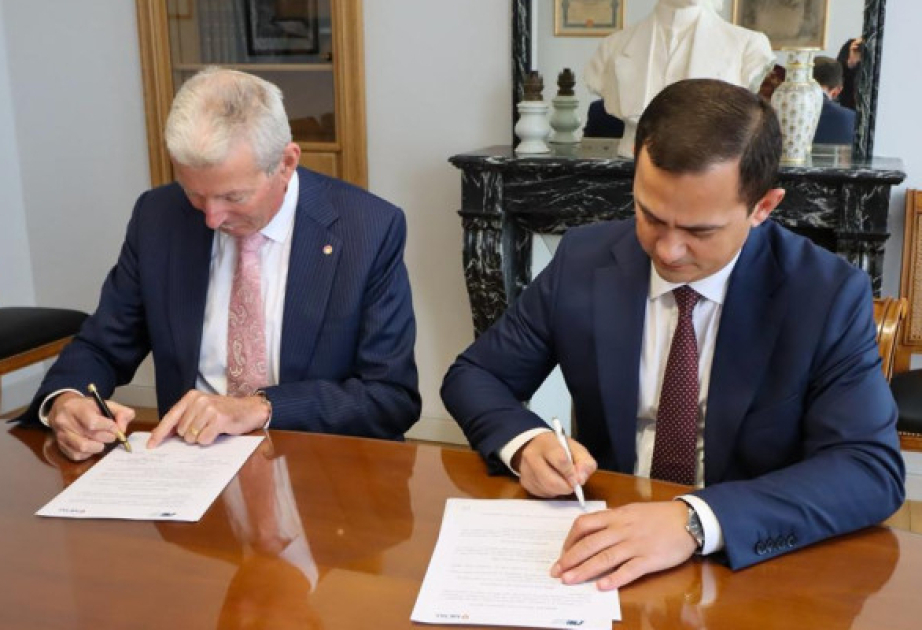ByJERUSALEM POST STAFF
Sue Palmer stated, "It is unusual to have any relics in an Anglican church, especially those of a Catholic saint, and the PCC views this as an opportunity for ecumenical outreach and cooperation."
The skull of St. Thomas More, a prominent Catholic saint beheaded in 1535, may soon be exhumed from its centuries-old resting place at St. Dunstan's Church in Canterbury, England. Officials at the church are considering the exhumation as an opportunity for ecumenical outreach and cooperation with the Catholic Church, according to Newsweek.
"It is unusual to have any relics in an Anglican church, especially those of a Catholic saint, and the PCC views this as an opportunity for ecumenical outreach and cooperation," said Churchwarden Sue Palmer, speaking on behalf of St. Dunstan's Parochial Church Council (PCC), according to BBC News. The church is currently consulting the congregation and seeking permission from the Diocesan Advisory Committee to retrieve the remains of St. Thomas More.
After his execution for refusing to acknowledge King Henry VIII as head of the Church of England, St. Thomas More's severed head was placed on London Bridge. "After King Henry VIII ordered St. Thomas More to be executed, his head was placed on London Bridge," Newsweek reported. His daughter, Margaret Roper, saved the head, and it is believed to be entombed with her in the family vault at St. Dunstan's Church. "Sir Thomas More's head had to be removed from a spike on London Bridge before finding its way to St. Dunstan's Church," Palmer added, according to BBC News.
The church is considering exhuming the remains in anticipation of the 500th anniversary of St. Thomas More's death in 2035. "What the PCC has agreed, subject to all the right permissions being granted, is to exhume and conserve what remains of the relic, which will take several years to dry out and stabilize," St. Dunstan's Church said in a statement reported by Newsweek. "We could just put it back in the vault, maybe in a reliquary of some kind, or we could place the reliquary in some sort of shrine or carved stone pillar above ground in the Roper chapel, which is what many of our visitors have requested."
Although Palmer has not seen the remains herself, she stated that the tomb has been opened by archaeologists, most recently in 1997. "In the wall there is a niche and behind that there is what looks like a leaden squashed football," Palmer described, according to BBC News. "At some time someone hacked a hole in that and inside is what remains of Thomas More." The skull, last documented in 1997, is believed to remain in the vault at St. Dunstan's Church, although its precise condition is not fully known. "From what they could see there were a few pieces of skull, a bit of jawbone with a tooth socket, some unidentifiable black matter and lots of dust," Palmer added, as reported by BBC News.
St. Dunstan's Church has received visitors and pilgrims for decades who venerate St. Thomas More's faith. "We won't be able to keep him to ourselves—ecumenically and globally we have a responsibility both to the relic and to Christians and scholars throughout the world, and judging by the comments in our visitors' book, having the relic deteriorating in a vault is not good enough for many who venerate Thomas More," the church said.
St. Thomas More (1478–1535) served as Lord Chancellor of England under King Henry VIII. He was executed for refusing to acknowledge the king as head of the Church of England, remaining steadfast in his Catholic faith. Before his execution, he famously declared: "I die the king's good servant, but God's first."
He was canonized by the Vatican in 1935 and is recognized as a martyr by the Catholic Church, becoming a symbol of conscience and steadfast faith. St. Thomas More is revered as the Patron Saint of Statesmen and Politicians.
The exhumation marks a moment for both Catholics and Anglicans, reflecting centuries of complex religious history in England. Officials at St. Dunstan's Church plan to keep the process respectful and collaborative, welcoming input from Catholics, Anglicans, and the international community. The proposal also responds to growing calls for increased accessibility and preservation of the relic.
Final approval is required from the Commissary General, the equivalent of a diocesan judge. If granted, the conservation and enshrinement process could begin, with the goal to complete preparations in time for the 500th anniversary in 2035.
St. Dunstan's Church continues to serve as a pilgrimage site. The planned exhumation would coincide with the 500th anniversary of St. Thomas More's martyrdom. The proposal to exhume his skull five centuries after his execution is intended to honor his legacy.


.jpg)


